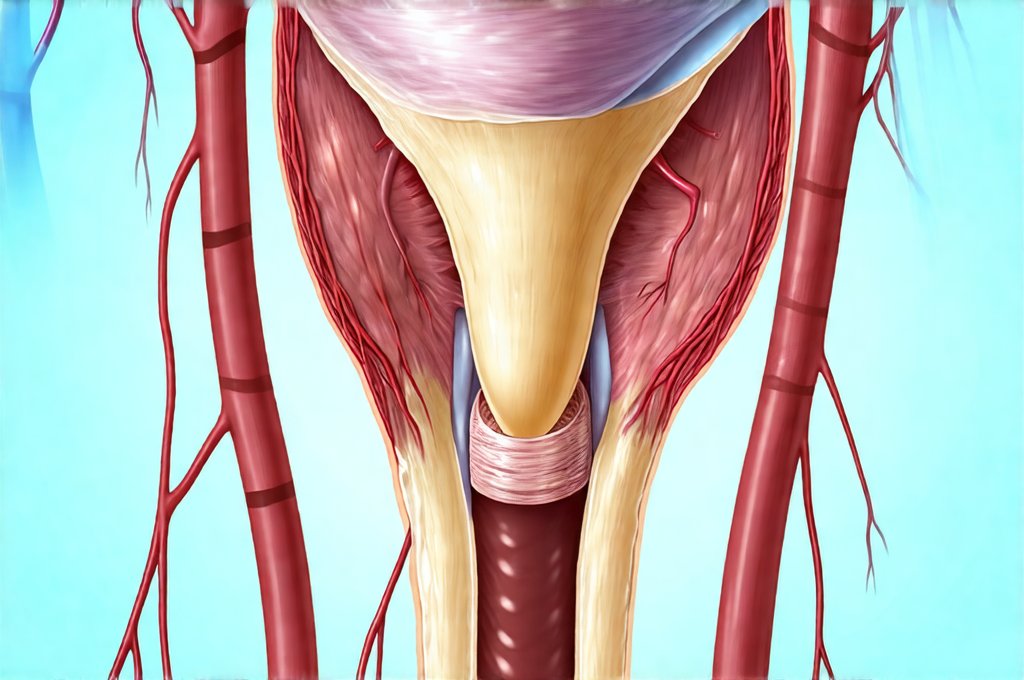The sudden appearance of redness, swelling, pain, or pus around a wound or surgical site can understandably cause significant anxiety. Is it simply a normal part of healing – a flare-up of existing inflammation – or is it something more concerning, like a new infection? Distinguishing between these two possibilities isn’t always straightforward, as their symptoms often overlap. This ambiguity is amplified by the fact that post-operative inflammation and wound healing are expected to have periods of increased discomfort, making it difficult to know when those fluctuations cross the line into something needing immediate medical attention.
Understanding the nuances between a flare (an exacerbation of existing inflammation) and a new infection requires careful observation and an awareness of both typical healing processes and potential warning signs. It’s crucial to remember that this isn’t about self-diagnosis, but rather being informed enough to recognize when it’s time to seek professional medical advice. Ignoring an actual infection can lead to serious complications, while unnecessarily worrying over a normal flare-up creates undue stress. This article aims to provide clear guidance on how to assess the situation and what steps to take, emphasizing observation, context, and ultimately, consultation with a healthcare provider.
Understanding Wound Healing & Inflammation
Wound healing isn’t a linear process; it’s a dynamic interplay of phases that often involves periods of increased inflammation followed by resolution. Immediately after injury or surgery, the body initiates an inflammatory response – redness, swelling, warmth, and pain – to clear debris and begin tissue repair. This initial phase is essential for healing, but it can sometimes feel quite pronounced. A flare-up isn’t necessarily a sign of something going wrong; instead, it often indicates that the body’s natural healing processes are actively working. These flares are typically predictable, often coinciding with increased activity or after particularly strenuous use of the affected area.
The key difference between a normal inflammatory response and an infection lies in its progression and accompanying symptoms. A typical flare-up will usually subside within a few days, perhaps responding to rest, ice, compression, and elevation (RICE). However, if inflammation persists, worsens rapidly, or is accompanied by new symptoms like fever, chills, or significant pus discharge, it’s much more likely to be an indication of infection. It’s important to remember that even with proper wound care, minor fluctuations in pain and swelling are common; the concern arises when those fluctuations become persistent or escalate significantly. If you’re unsure whether your symptoms point to a uti or hormonal fluctuation, it’s best to seek medical advice.
Recognizing Signs of Infection
Infections introduce a different set of symptoms that signal the presence of harmful bacteria or other pathogens. Unlike inflammation, which is part of the body’s natural response, infection represents an external threat that requires intervention. While some overlap exists with inflammatory symptoms – redness and swelling are common to both – certain characteristics distinguish an infectious process. Look for a noticeable increase in pain that isn’t relieved by over-the-counter medication, a spreading area of redness (red streaks radiating from the wound), or warmth around the site that feels disproportionate to normal inflammation.
A key indicator is often the nature of any discharge from the wound. Clear, serous fluid is relatively normal during healing, but thick, yellow, green, or foul-smelling pus strongly suggests infection. The presence of fever (100.4°F/38°C or higher) and chills should always be taken seriously and prompt immediate medical attention. Another telltale sign can be a delayed healing process; if the wound isn’t showing signs of improvement after a reasonable amount of time, it could indicate an underlying infection hindering its progression. It’s vital to remember that even seemingly minor infections can quickly escalate into more serious complications if left untreated. Understanding when a UTI has become a bladder infection is critical for timely intervention.
Differentiating Between Flare-Ups and Infections: Key Indicators
When trying to determine whether you’re experiencing a flare or a new infection, consider these key indicators:
- Timeline: How long have the symptoms been present? A flare usually subsides within days; an infection tends to worsen over time.
- Pain Level & Response to Treatment: Is the pain manageable with over-the-counter medication and RICE therapy? Or is it increasing despite these measures? Intense, persistent pain suggests infection.
- Discharge Characteristics: Clear or slightly cloudy fluid is generally normal; thick, discolored, foul-smelling pus indicates infection.
- Systemic Symptoms: The presence of fever, chills, or fatigue strongly points towards an infection requiring medical attention.
Assessing Wound Appearance: Color & Drainage
The appearance of the wound itself offers valuable clues. While some redness is expected during healing, a rapidly expanding area of red around the incision site, particularly if accompanied by red streaks extending outwards (lymphangitis), is a significant warning sign. Look closely at any drainage – its color, consistency, and odor. As mentioned previously, clear or pale yellow fluid is typical; however, anything resembling pus – thick, yellowish-green, or containing blood – warrants immediate attention.
Pay attention to the wound edges as well. Healthy wounds typically have clean, approximated edges that are slowly closing. If the edges appear separated, or if there’s a noticeable gap, it could indicate infection or impaired healing. Additionally, be mindful of any changes in tissue texture around the wound. A softening or breakdown of surrounding skin might suggest an underlying infection weakening the tissues. Remember to document these observations – taking photos can be incredibly helpful when discussing your concerns with a healthcare provider. If you suspect you have a bladder infection or cystitis, it’s crucial to consult a medical professional for accurate diagnosis and treatment.
When to Seek Immediate Medical Attention
There are certain scenarios where delaying medical attention could have serious consequences. Never hesitate to seek immediate care if you experience any of the following:
- High fever (100.4°F/38°C or higher) accompanied by chills
- Rapidly spreading redness and warmth around the wound
- Significant pus discharge, especially if it’s foul-smelling
- Severe pain that is not relieved by over-the-counter medication
- Red streaks extending from the wound site (lymphangitis)
- Inability to move a limb due to pain or swelling
- Any concerns about systemic infection, such as dizziness, confusion, or shortness of breath
These symptoms indicate a potentially serious infection requiring prompt diagnosis and treatment, which may involve antibiotics, drainage of the wound, or other interventions. Remember that early detection and treatment are crucial for preventing complications like sepsis – a life-threatening condition caused by the body’s overwhelming response to an infection.
It is important to reiterate: this information is not intended as a substitute for professional medical advice. Always consult with your doctor or another qualified healthcare provider if you have questions about your health or need medical attention.





















